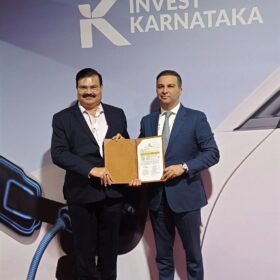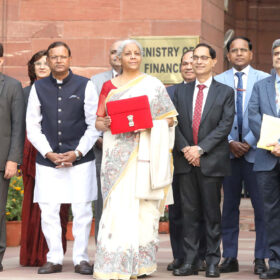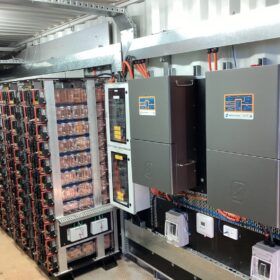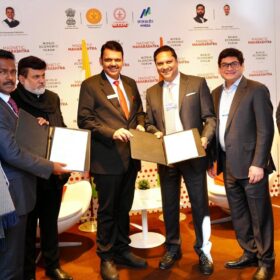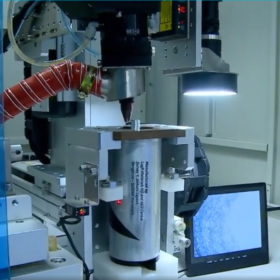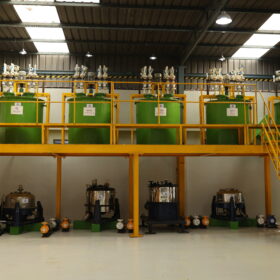Reliance Industries awarded 10 GWh advanced chemistry battery capacity under PLI Scheme
India’s Ministry of Heavy Industries has signed a programme agreement with Reliance New Energy Battery Ltd for 10 GWh capacity under the production-linked incentives (PLI) Scheme for advanced chemistry cells.
Epsilon Group commits INR 15,350 crore for EV battery materials, testing facility in Karnataka
Epsilon Group plans to invest INR 9,000 crore to set up a graphite anode manufacturing plant and INR 6,000 crore for a lithium iron phosphate (LFP) cathode manufacturing plant in Karnataka. In addition, it will invest INR 350 crore to build a battery materials and battery testing R&D and training center in the state.
Union Budget 2025-26: India focuses on waste-to-wealth to secure lithium battery supply chain
Finance minister Nirmala Sitharaman has submitted Union Budget 2025-26, which proposes customs duty exemption for waste and scrap of lithium-ion batteries and critical minerals.
Australian manufacturer bets on lithium-titanium-oxide batteries
Zenaji, an Australian manufacturer of lithium-titanium-oxide (LTO) batteries, says the LTO market will hit $5.8 billion by 2032, growing at a 12.6% annual rate. It claims that its Eternity battery system is poised to capitalize on the trend.
Blue Energy to set up EV truck, battery manufacturing facility in Maharashtra
Blue Energy Motors has signed an agreement with the Government of Maharashtra to set up a manufacturing facility designed to produce 30,000 EV trucks annually. The facility will also house a battery pack line.
S&P Global: Annual battery cell production passes 10 billion, lower prices to stimulate demand
While oversupply remains a feature of the lithium-ion battery production landscape, large production volumes are accelerating innovation and enhancing energy storage competitiveness. S&P Global analysis reveals that balance is likely to return to the global market in the coming years as stationary energy storage and EV adoption continues to accelerate.
Envirostream Australia signs battery recycling deal with Hithium Energy
Envirostream Australia, a subsidiary of Livium, has signed an exclusive recycling agreement with Hithium Energy to recycle lithium-ion batteries supplied by Hithium to Lightsource bp’s Woolooga solar farm in Queensland, Australia.
Government mulling incentives for battery cell component manufacturing
India can become self-reliant in battery cell manufacturing if lithium remains in the country through recycling and used in batteries once again, added Vijay Mittal, Joint Secretary, Ministry of Heavy Industries, at the 4th India Battery Manufacturing and Supply Chain Summit 2025.
Exide Industries invests INR 149.99 crore in lithium battery arm
Exide Industries Ltd has made equity investment of INR 149.99 crore, on rights basis, in Exide Energy Solutions. The investment will fund Exide Energy Solutions’ greenfield lithium battery plant in Bengaluru and meet its various funding requirements.
Ace Green to build India’s largest LFP battery recycling facility
Ace Green Recycling plans to establish 10,000 metric tons of lithium iron phosphate (LFP) battery recycling capacity per year in India by 2026.

